Your Journey with Molcajete Recipe Starts Here
If you’ve ever dreamed of capturing the vibrant flavors of Mexico in your own kitchen, then this Molcajete recipe might be the perfect starting point. A molcajete—an age-old stone mortar and pestle—represents much more than just a tool; it symbolizes the culinary soul of Mexican cooking. From dishes like fresh guacamole to sizzling salsas, there’s a reason this stone bowl has remained a treasured kitchen companion for centuries. However, this recipe goes beyond making a mere sauce or dip; it invites you to embrace an entire cultural experience rooted in shared meals, conversation, and tradition.
Have you ever felt that cooking could be a time-traveling journey? Using a molcajete can whisk you away to generations past, allowing you to replicate seasonings and flavors just as people have done for hundreds of years. In fact, the Molcajete recipe is a tactile way to honor the spirit of homemade cooking. Consequently, you’ll find yourself appreciating the sensory interplay—crushing ripe tomatoes and chili peppers against coarse volcanic rock until they become a beautifully melded mixture.
In addition, this dish becomes a feast for the heart and soul when paired with a sense of community. You can bring the entire family together to share the mortar, giggle over the bits that spill, and savor the communal nature of the meal. And if you’re on a journey to discover more unique ways of cooking, explore our Crispy Ritz Cracker Chicken Recipe for a superior crunchy treat, as well as our Irresistible Smoked Queso (Ultimate Party Dip) for a creamy, smoky delight. Cooking with a molcajete truly makes you feel like you’re partaking in a time-honored ritual that never fails to bring people together.
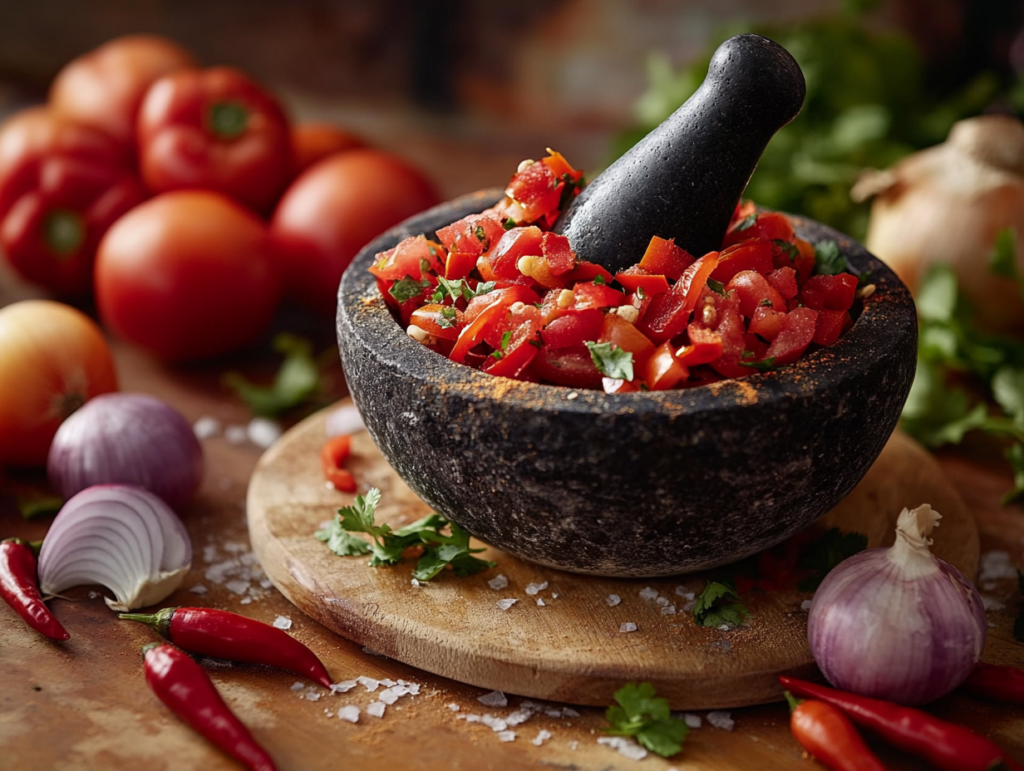
Before You Begin: Quick Facts
This Molcajete recipe generally requires about 15 minutes of prep time and 10 minutes of cook time, for a total of approximately 25 minutes. It yields enough for six servings, but you can easily scale it up for parties or special occasions. While it’s relatively beginner-friendly, crushing ingredients by hand offers a rewarding sense of craftsmanship and helps you develop a feel for the desired consistency. In addition, homemade stone-ground salsas can stay fresh for up to five days when stored properly in the fridge. If you are keen to preserve leftover Molcajete sauce, remember that sealing it in an airtight container is key to locking in those vibrant flavors.
Let’s Talk About Your Ingredients
A Molcajete recipe showcases a harmonious blend of fresh produce and aromatic herbs. For a classic version, you’ll need ripe tomatoes, spicy jalapeños (or serranos if you like extra heat), onions, fresh cilantro, garlic cloves, salt, and a little lime juice. Equally important is the quality of each ingredient. Look for tomatoes that feel heavy in hand and burst with bright color, and select peppers with firm, glossy exteriors. The onions should be dense, while the garlic cloves ought to be plump and free of wrinkles.
When onions are out of season or you can’t find the right peppers, don’t fret. One of the best parts of creating a Molcajete mix is that you can play around with substitutions. Yellow tomatoes or roasted peppers can add unexpected layers of sweetness or smokiness. Furthermore, you might discover that roasted garlic cloves contribute a creamier flavor, especially when combining them with the bite of fresh chili peppers. Consequently, this adaptability makes the dish truly open to personalization.
For storing, keep your fresh produce in a cool, dry place. Tomatoes do best outside the refrigerator to maintain their flavor, whereas herbs like cilantro should be wrapped in a lightly dampened paper towel and placed in the fridge to preserve their crispness. If you have leftover chili peppers, freeze them in small portions for future use. Because the Molcajete recipe depends on vibrant, lively ingredients, freshness is undoubtedly your best friend.
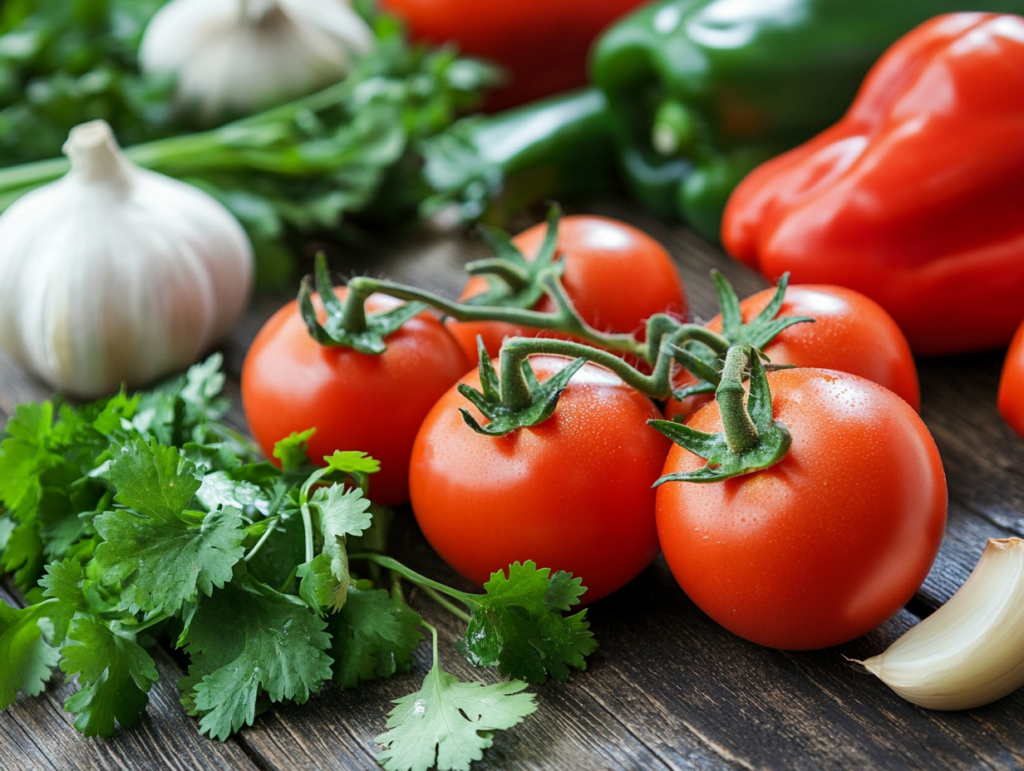
Setting Up Your Kitchen
Before you whip up your Molcajete dip, make sure your cooking space is properly organized. Most importantly, your star tool is a well-seasoned molcajete, often carved from volcanic rock. It’s fairly heavy, so place it on a stable countertop or kitchen island to avoid spills. If you don’t own a classic molcajete, a robust mortar and pestle made of stone or ceramic is a workable alternative. However, the coarse texture unique to a traditional molcajete is vital for achieving that signature gritty sauce.
It helps to rinse and dry your molcajete thoroughly before using it. In case you’re dealing with a brand-new one, you may need to season it by grinding uncooked rice in small batches until the surface feels smoother. Moreover, line up your pre-washed tomatoes, peppers, and other produce, along with any measuring tools or large spoons you might need. Preparing everything ahead of time prevents you from rummaging through drawers mid-recipe. Additionally, keep a bowl for scraps and a clean kitchen towel on standby for easy cleanup. These small steps, handled ahead of time, ensure a seamless cooking experience from start to finish.
Making Magic: Step-by-Step Guide
To begin your Molcajete recipe, start by roasting or lightly charring your tomatoes, peppers, onions, and garlic. You can accomplish this in a hot skillet or directly over a gas flame, taking care to rotate the ingredients so they brown evenly. The char adds a hint of smokiness and softens the produce, making the grinding process simpler. Once the vegetables have cooled slightly, transfer them to your molcajete.
Using a firm but controlled rolling or crushing motion, work the ingredients together. First crush the garlic with a pinch of salt to create a smooth paste. Subsequently, incorporate the peppers and onions, ensuring they break down into smaller bits. Continue with the tomatoes, pressing gently to release their juices. The coarse volcanic rock helps blend the flavors thoroughly, producing the signature texture of a proper Molcajete sauce.
Throughout this process, pay attention to consistency. If you notice too many large chunks, persist in grinding until you achieve a smooth-yet-chunky blend. A bit of chunkiness is fine—expected, even—but you don’t want entire tomato halves. With each push, you’ll notice a glorious swirl of colors in red, green, and speckled flecks of black char. Once it’s nearly done, stir in a squeeze of lime juice and a fresh sprinkling of cilantro. Taste-test and season with salt as needed. Finally, give it a moment to rest, letting the flavors meld and intensify. Feeling adventurous? Make the sauce thicker by adding fresh avocado slices for a guacamole-like consistency or thinner with a splash of vegetable stock.
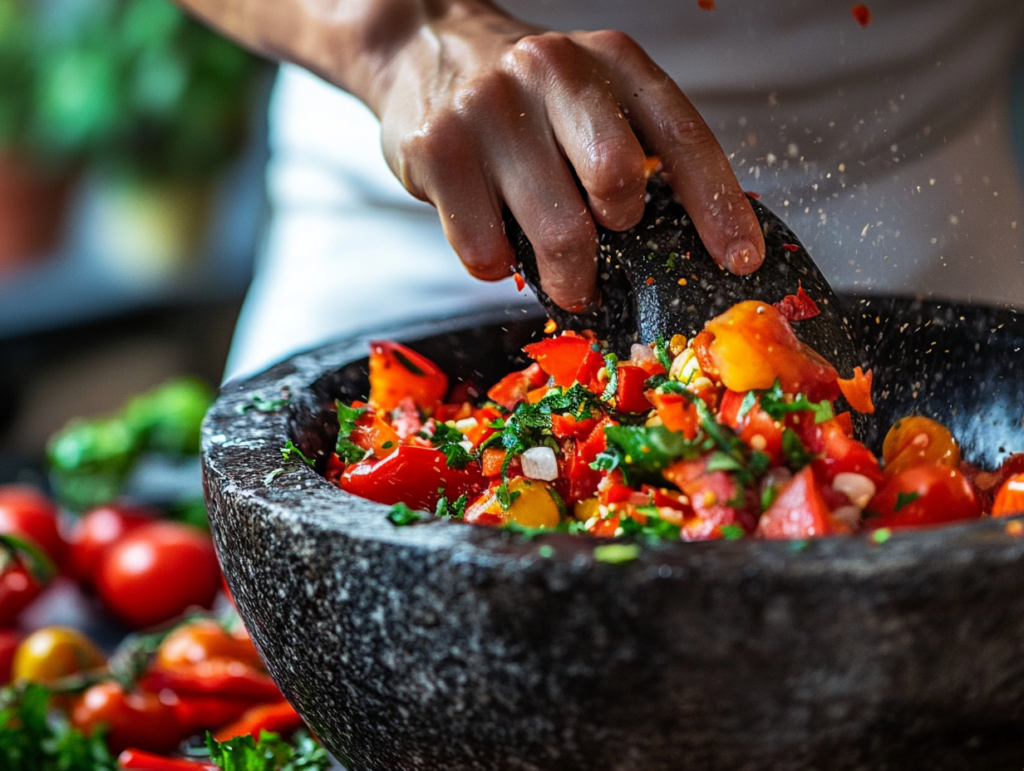
Kitchen Secrets Revealed
When it comes to perfecting this Molcajete recipe, a few insider tips can help you avoid common pitfalls. First, roasting your ingredients properly intensifies their sweetness and reduces any overly sharp, raw taste. If your peppers are extremely hot, consider adding them in increments instead of all at once. This approach allows you to gauge the level of spiciness before it becomes overwhelming.
Additionally, do not underestimate the importance of consistent pressure while grinding. Many first-timers either mash too gently, leaving large chunks, or push too hard and inadvertently slosh out precious juices. The right balance fosters a cohesive sauce, with each component marrying together in a rustic tapestry of flavor. Moreover, remember to season in layers. Start with a pinch of salt when you crush the garlic, then taste again after adding each major ingredient. Consequently, this layered approach ensures uniform seasoning throughout.
Food safety is also critical. Even though salt and acidity help preserve your Molcajete dip for a few days, always refrigerate leftover portions in a sealed container. According to FoodSafety.gov, maintaining a chilled temperature below 40°F (4°C) will keep will keep your fresh ingredients from spoiling prematurely. This measure is especially essential when your dip includes extra perishables like avocado.
Making It Your Own
One of the joys of cooking any Molcajete recipe is the freedom to personalize it so it reflects your own tastes. For those who adore fiery flavors, swap out jalapeños for habaneros or add a sprinkle of crushed chili flakes toward the end. If you need a milder version, choose Anaheim peppers instead of spicier varieties or omit the seeds from your jalapeños. Additionally, you can incorporate fresh fruits like mango or pineapple for a sweet-and-spicy contrast that pairs beautifully with grilled proteins.
Dietary adjustments are also possible. If you’re aiming for a low-sodium approach, experiment with herbs to add brightness without extra salt. Cilantro, parsley, or even a hint of oregano can amplify the overall flavor profile. Gluten-free? Great news—this stone-ground sauce doesn’t rely on any wheat-based thickeners, so you’re safe. This entire process can be as simple or as intricate as you wish. Should you yearn for a tangier twist, incorporate tomatillos, which add an appealing tart note reminiscent of traditional salsa verde.
Regional adaptations exist too. Southern Mexican versions might lean on smoky chipotle peppers, while northern renditions often incorporate a blend of fresh local peppers. It’s fun to see how the spice preferences shift geographically. In all cases, you’ll find that adjusting a Molcajete mix gives you the freedom to discover new depths of flavor.
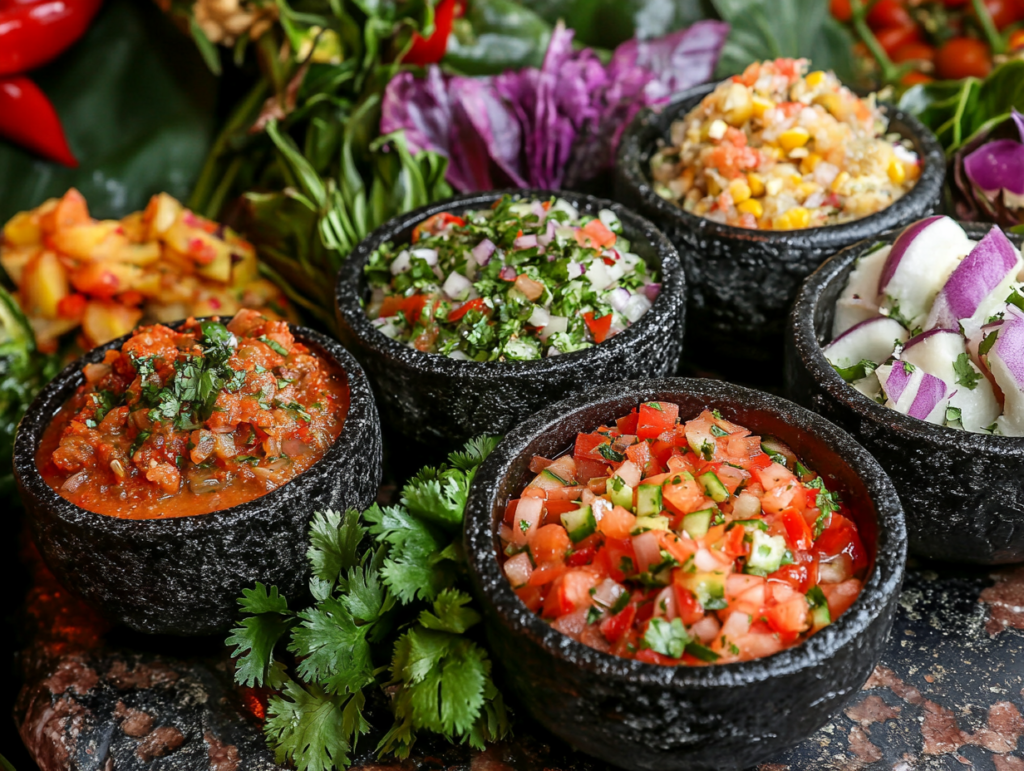
The Science Behind Your Success
Why does grinding your ingredients in a stone mortar produce such a noticeably different flavor? Part of the answer lies in how the volcanic rock’s coarse texture breaks down cell walls of tomatoes, onions, and chili peppers. As a result, their natural juices, essential oils, and aromatic compounds are better released, allowing them to mingle and create deeper layers of taste. Furthermore, the friction and mild heat generated during the grinding process actually encourage a small degree of chemical reaction, enhancing the synergy between acids, sugars, and salts.
The lime juice added at the end helps lock in color as well. Because tomatoes and peppers contain different natural pigments (lycopene for tomatoes and capsanthin in peppers), the mild acidity helps stabilize these hues. Consequently, your finished Molcajete recipe looks as fresh and bright as it tastes. Understanding this interplay of texture and chemistry illuminates how a few simple ingredients can yield an astonishingly rich, complex result. It’s cooking science at its best, reminding us that the method we use can be just as crucial as the ingredients themselves.
Serving Like a Pro
Once you’ve created your Molcajete dip, how can you showcase it for the best first impression? Plating is the golden key. If you’re adhering to tradition, present your sauce directly in the molcajete. Garnish the surface with a few sprigs of cilantro, a fresh lime wedge on the side, or a scatter of finely diced raw onions for a pop of contrasting color. For parties or buffet-style gatherings, arrange crispy tortilla chips around the bowl, or pair it with fresh warm tortillas. Alternatively, drizzle the sauce over grilled meats or roasted vegetables for a bold finishing touch.
Remember that portion mastery is all about balance. A molcajete brimming with sauce looks enticing, but ensure you leave enough room for guests to dip in comfortably. Furthermore, a sprinkle of queso fresco (or any crumbly cheese) can further accent the southwestern flair. If you’re planning a larger meal, consider placing your Molcajete sauce next to other enticing dishes like our Sizzling Chicken Hibachi for a cultural fusion. In addition, it’s always wise to provide a spoon or small ladle for those who prefer to sample the sauce more delicately.
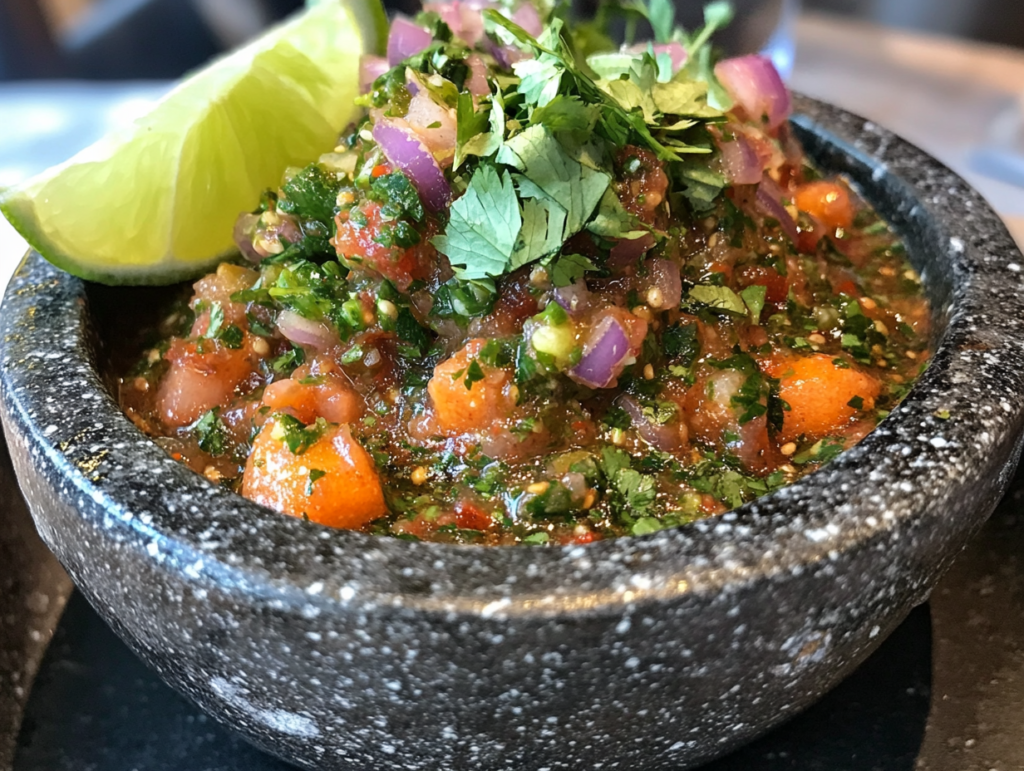
Keeping It Fresh
When storing leftovers of your Molcajete mix, transfer it into a glass or BPA-free plastic container. Aim to fill the container as much as possible, limiting contact with air. Tightly sealed, your sauce can stay fresh in the refrigerator for about five days. If you’d like a longer shelf life, consider freezing it in smaller portions for up to a month. Nonetheless, use caution when thawing—let it defrost in the fridge overnight rather than on the counter, so bacterial growth remains minimized.
Heat it gently if you plan on serving it warm afterward. However, keep in mind that reheating can alter the fresh flavor. For best results, serve it cold or at room temperature soon after preparing it. This approach preserves the crispness of the onions and the vibrant color of the peppers, ensuring your Molcajete recipe never loses that irresistible charm.
Perfect Pairings
Wondering how best to enjoy this stone-ground salsa? Crisp tortilla chips are a classic go-to because they emphasize the sauce’s texture and spice. But you can go beyond simple dipping and spoon it over grilled chicken, flank steak, or even tofu for a zesty finishing touch. The bright flavors balance especially well with heavier mains, lending a light and tangy note. For instance, pairing your Molcajete dip with something like our Teriyaki Chicken Bowl Recipe can create an eclectic fusion.
In terms of drinks, a chilled horchata or a fresh lime margarita complements the smoky spice perfectly. If you are looking for something more refreshing without the alcohol, consider agua fresca made from watermelon or cucumber. The water-based infusion helps moderate the heat from the jalapeños. Ultimately, your dinner table can morph into a culinary celebration brimming with color, texture, and enticing aromas.
Your Questions Answered
What is a traditional molcajete made of?
A traditional molcajete is carved from volcanic basalt rock, which provides the coarse interior surface crucial for grinding and blending. This texture is what sets it apart from other kitchen tools.
What do you put in a molcajete?
You can crush or blend fresh tomatoes, chili peppers, onions, garlic, herbs (like cilantro), salt, and lime juice to create a stone-ground sauce or dip. Many also use it for guacamole, spice rubs, or salsas, taking advantage of the mortar’s coarse surface.
What is the English word for molcajete?
Strictly speaking, there isn’t a perfect English equivalent; most often, people refer to it as a “traditional Mexican mortar and pestle.” The term molcajete is widely recognized in English-speaking contexts as is.
What is molcajete mix?
Molcajete mix refers to any combination of ingredients—from tomatoes and chili peppers to avocados and onions—ground in a molcajete. It typically results in salsas, sauces, or dips that harness the unique grinding properties of volcanic stone.
How can I fix the consistency if it’s too watery?
If your sauce ends up watery, consider adding more roasted tomatoes and peppers or even a bit of mashed avocado. You can also drain some excess liquid before final grinding. If the opposite happens and it’s too thick, stir in a splash of vegetable stock or a little extra lime juice to achieve your desired texture.
Your Next Cooking Adventure
Congratulations! You’ve just crafted a Molcajete recipe reminiscent of traditional Mexican kitchens, complete with fresh, stone-ground flavors. But your culinary journey doesn’t have to end here. Embrace your newfound skills by trying out modern twists—perhaps making a fruit-enhanced salsa for sweet-heat contrast or experimenting with different types of chili peppers for nuanced flavor. And if you’re craving more hearty fare, dive into recipes like our Sweet Potato Cornbread Recipe to complement your next meal.
Ready to keep exploring? Sign up for our newsletter to receive weekly tips and more flavorful recipes. We also invite you to share your experiences on social media. Tag us with your photos, anecdotes, and personalized variations so we can celebrate along with you. In the end, cooking is about community, flavor, and the joy of discovering new horizons—something the molcajete has always symbolized.
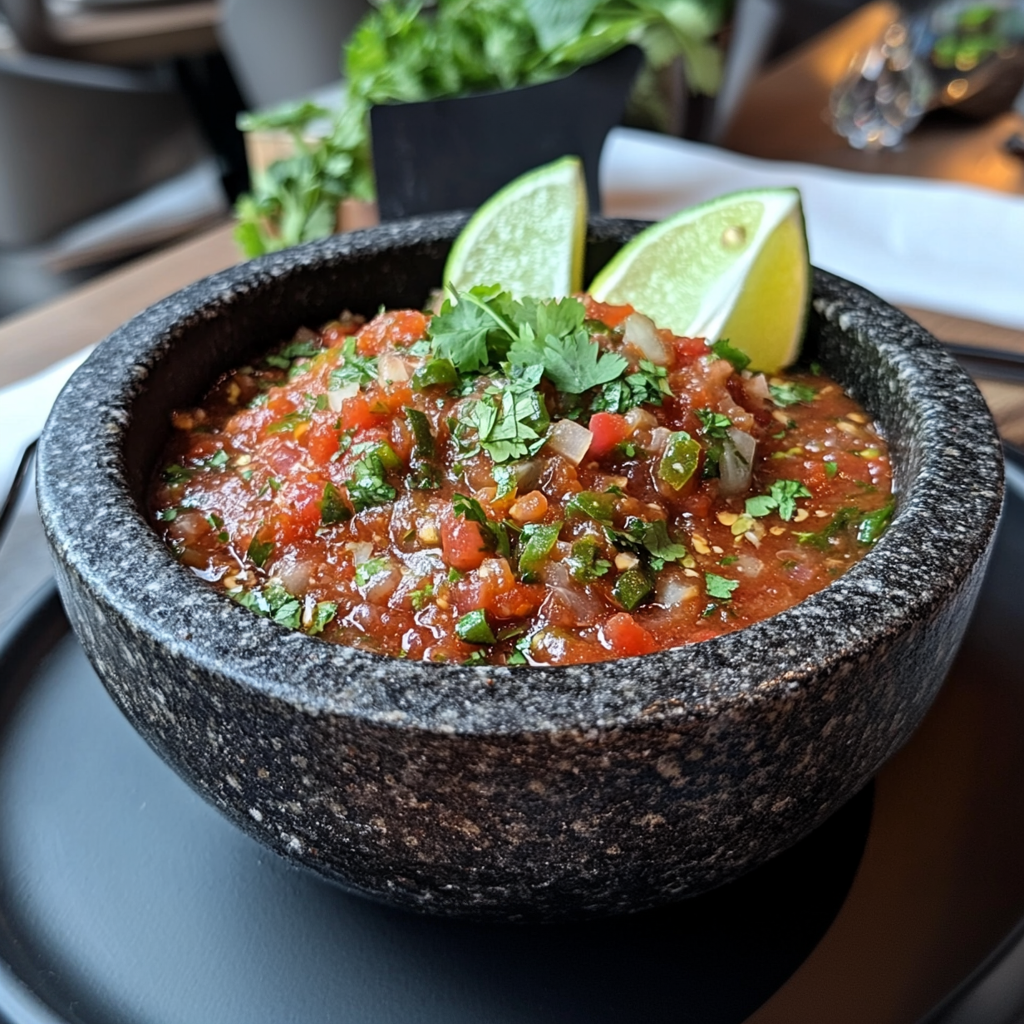
Molcajete Recipe: Stone-Ground Mexican Flair
Equipment
- Molcajete (or a sturdy mortar and pestle)
- Skillet or gas flame (for roasting)
- Cutting board
- Sharp knife
- Kitchen towel
- Measuring spoons
Ingredients
- 2 ripe tomatoes
- 2 jalapeños or serrano peppers adjust to taste
- ½ onion
- 2 garlic cloves
- ½ teaspoon salt or to taste
- 1 lime juiced
- 1 handful fresh cilantro
Instructions
Roast or Char the Ingredients
- Preheat a skillet or use an open gas flame. Carefully roast the tomatoes, peppers, onion, and garlic, turning occasionally until they develop light char marks.
Prepare the Molcajete
- If using a new molcajete, season it by grinding a small amount of uncooked rice to smooth out the surface, then rinse and dry thoroughly.
Crush Garlic with Salt
- Add the garlic cloves and ½ teaspoon salt to the molcajete. Grind thoroughly until you form a coarse paste.
Add Peppers and Onions
- Transfer the roasted peppers and onion to the molcajete. Continue grinding until you break them down into smaller pieces.
Incorporate Tomatoes
- Cut the roasted tomatoes into halves or quarters, then add to the mixture. Crush gently, aiming for a chunky yet cohesive consistency.
Finish with Lime and Cilantro
- Stir in the lime juice. Add fresh cilantro leaves, crushing them lightly to release aroma. Taste and adjust salt or heat level as preferred.
Rest and Serve
- Allow the molcajete mixture to rest for a couple of minutes so flavors can meld. Serve directly in the molcajete or transfer to a serving dish.
Notes
- Season Gradually: Add salt in stages—starting with the garlic helps flavor the entire mixture evenly.
- Control Heat: Adjust the spice level by removing pepper seeds or substituting milder chilies, such as Anaheim.
- Storage Tips: Keep leftovers in a sealed container in the refrigerator for up to five days.
- Texture Variation: For a creamier version, add mashed avocado. For a lighter dip, blend in a little vegetable stock.
- Equipment Alternative: A sturdy ceramic or stone mortar and pestle can be substituted if a volcanic rock molcajete isn’t available.